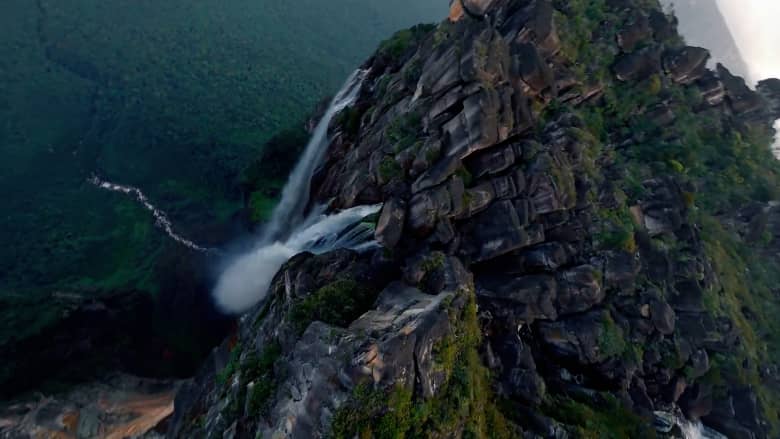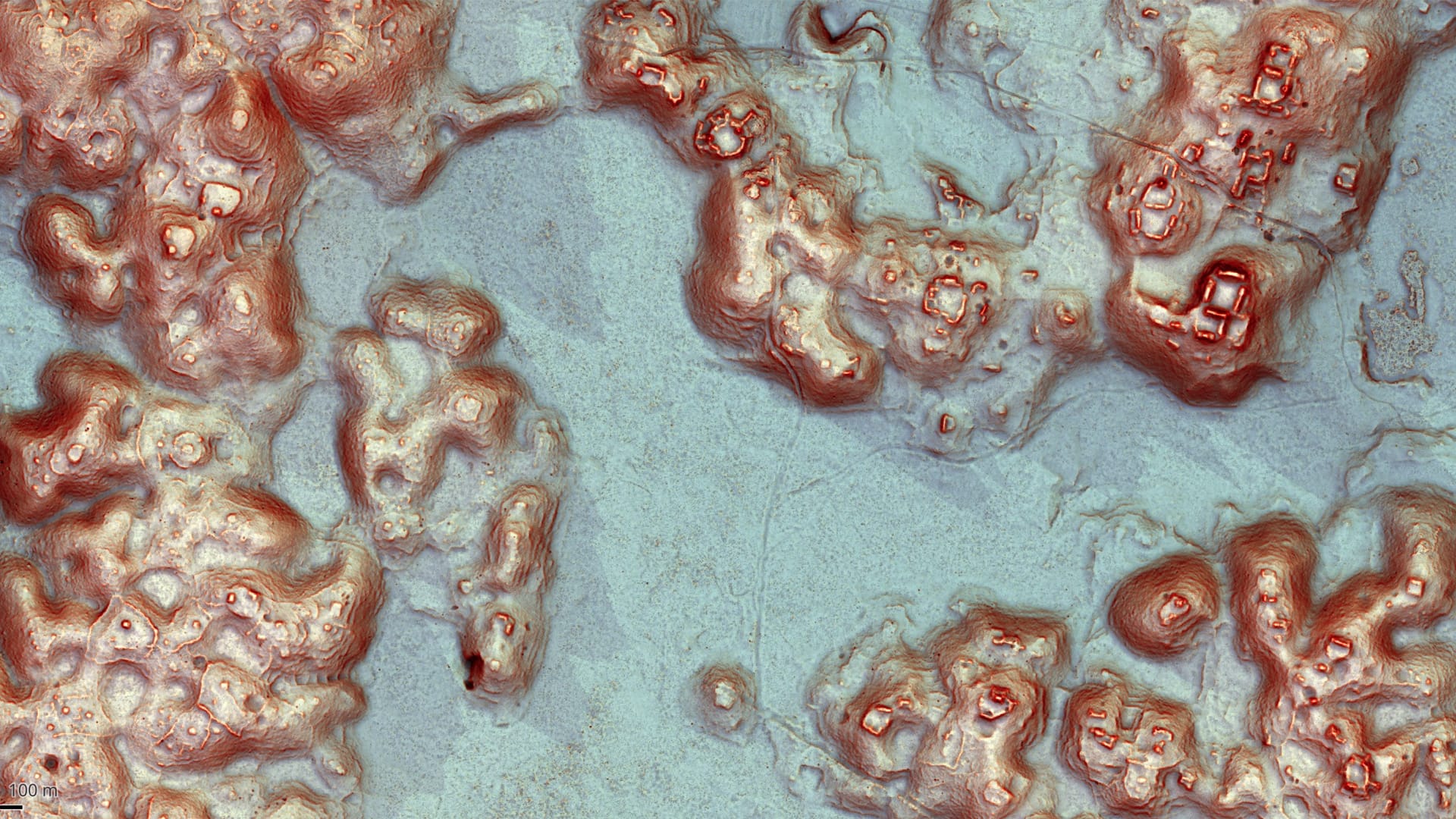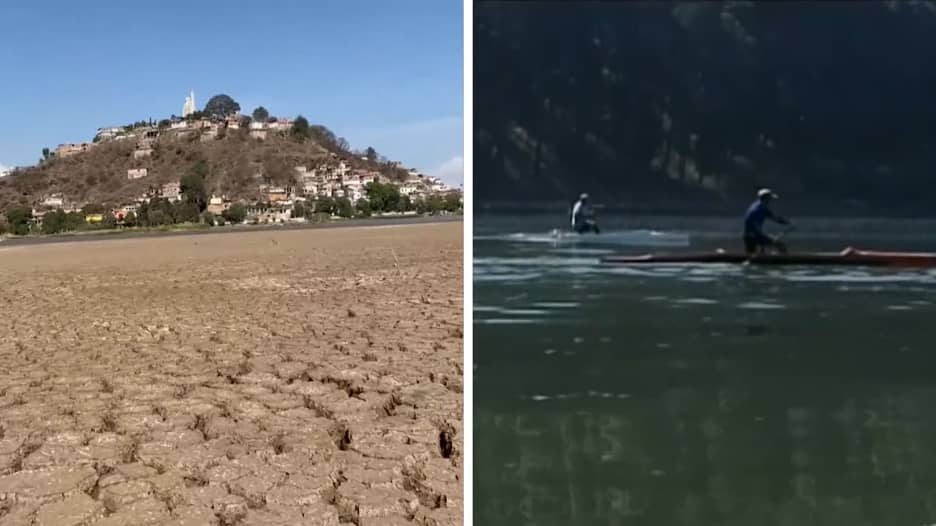دبي، الإمارات العربية المتحدة (CNN) -- لأكثر من ألف عام، أخفت الغابات الكثيفة في ولاية كامبيتشي المكسيكية التاريخ البشري القديم للمنطقة.
وأطلق العلماء على كامبيتشي اسم "البقعة الفارغة" من الناحية الأثرية في الأراضي المنخفضة لحضارة المايا، وهي منطقة تمتد عبر ما يُعرف الآن ببيليز، والسلفادور، وغواتيمالا، وجنوب شرق المكسيك، التي سكنها شعب المايا منذ حوالي عام 1000 قبل الميلاد حتى 1500 بعد الميلاد.
لكن جزءًا من تلك المنطقة لم يعد فارغًا، إذ عثر علماء الآثار على آلاف الهياكل الماياوية التي لم يسبق لها مثيل بالإضافة إلى مدينة كبيرة أطلقوا عليها اسم "فاليريانا" نسبة إلى بحيرة قريبة، حسبما أفاد الباحثون في الدورية الأكاديمية "Antiquity".
وقد أُجري البحث الذي أدى إلى الاكتشاف من مسافة تقارب 3،200 كيلومتر، باستخدام تقنية الكشف بالضوء وتحديد المدى الجوي "LiDAR"، التي اخترقت الغطاء الكثيف للغابات في شرق كامبيتشي من الأعلى، حيث ضربت السطح بأشعة الليزر، وكشفت عما كان يختفي تحت مظلة الأشجار المورّقة.

وشملت عمليات المسح التي جُمعت باستخدام تقنية "LiDAR" مساحة تبلغ حوالي 122 كيلومتراً مربعاً، وقد جُمعت هذه البيانات في عام 2013 ضمن مسح الغابات الذي أجرته هيئة الحفاظ على الطبيعة في المكسيك.
ومثل غيرها من العواصم الكبرى من مواقع المايا، كانت فاليريانا تضم خزانا للمياه، وملعب كرة قدم، ومعابد هرمية، وطريقا واسعا يربط بين الساحات المغلقة.
في المجمل، حدد الباحثون 6،764 مبنى في "فاليريانا" وفي مستوطنات ريفية وحضرية أخرى ذات أحجام مختلفة.
وأفاد العلماء أن كثافة المستوطنات في المنطقة تنافس كثافة المواقع الأخرى المعروفة في الأراضي المنخفضة للمايا، وقد اشتبه علماء الآثار منذ الأربعينيات في أن العديد من أطلال المايا كانت مخبأة في كامبيتشي.
وقال لوك أولد توماس، وهو مؤلف الدراسة الرئيسي وعالم آثار: "من ناحية، كان الأمر مفاجئًا. ومن ناحية أخرى، فقد أكد بالفعل ما كنت أتوقع العثور عليه".
وأضاف أولد توماس: "إحساسي الخاص بهذا الجزء من الأراضي المنخفضة للمايا، استنادًا إلى ما أعرفه كعالم آثار، هو أنه إذا تمكنت من رمي السهام عليها، فستجد مناطق حضرية. لذا كان من المثير رؤية أن هذا كان الحال بالفعل".
وتقع كامبيتشي بين منطقتين خضعتا للاستكشاف بشكل جيد نسبيًا، وهما شمال يوكاتان وأراضي المايا المنخفضة الجنوبية، لكن علماء الآثار قاموا بتجاهلها في السابق، وفقًا لما ذكره مارسيلو كانوتو، وهو أحد مؤلفي الدراسة وأستاذ في قسم الأنثروبولوجيا في جامعة تولين.
وفي الشمال، كانت المواقع الماياوية مثل موقع "تشيتشن إيتزا" بارزة للغاية. وأوضح كانوتو: "من السهل جدًا التعرف عليها من خلال المناظر الطبيعية، وكان الوصول إليها سهلاً".
وكانت المواقع في الأراضي المنخفضة الجنوبية للمايا مألوفة أيضًا لدى علماء الآثار كمصدر للنصوص الهيروغليفية والمذابح الماياوية، وهي عناصر لطالما سعى إليها الباحثون.
وعلى مدى عقود، لم يكن الوصول إلى كامبيتشي سهلاً ولم تكن معروفة بآثارها. لكن هذه الدراسة الجديدة تغير ذلك.
وقال كانوتو: "هذا فجر جديد لنا جميعًا، حيث نستطيع الآن أن نرى ما لم نتمكن من رؤيته أبدًا".
من جهته، أوضح كارلوس موراليس أجيلار، وهو عالم آثار المناظر الطبيعية وباحث ما بعد الدكتوراه في جامعة تكساس، أن عمليات مسح "LiDAR" الجديدة تسلط الضوء أيضًا على الروابط بين مستوطنات المايا وتلمح إلى مدى تعقيد مدن المايا بصرف النظر عن حجمها.
وأشار موراليس أجيلار الذي لم يشارك في البحث إلى أن "أنماط الاستيطان الكثيفة تشير إلى أن المايا كانوا منظمين للغاية في إدارة مناظرهم الطبيعية، مع شبكات واسعة من الطرق، أو الجسور، والمناطق السكنية، والمدرجات الزراعية، والهياكل الدفاعية".
وسلطت دراسة العصور القديمة الضور أيضًا على ما مفاده أن المايا قاموا بتكييف بنيتهم التحتية لتناسب المناظر الطبيعية، "باستخدام الحفر والتلال والمنخفضات كجزء من استراتيجيات التخطيط الحضري وإدارة المياه".
وأضاف موراليس أجيلار: "تتحدى هذه النتائج الرأي التقليدي القائل بأن مدن المايا - بما في ذلك المناطق الداخلية - كانت معزولة أو كانت عبارة عن ممالك إقليمية". وبدلاً من ذلك، فإنها ترسم صورة "لشبكة واسعة ومترابطة من المناطق الحضرية والريفية التي امتدت عبر أراضيها طوال تاريخ احتلالها".








